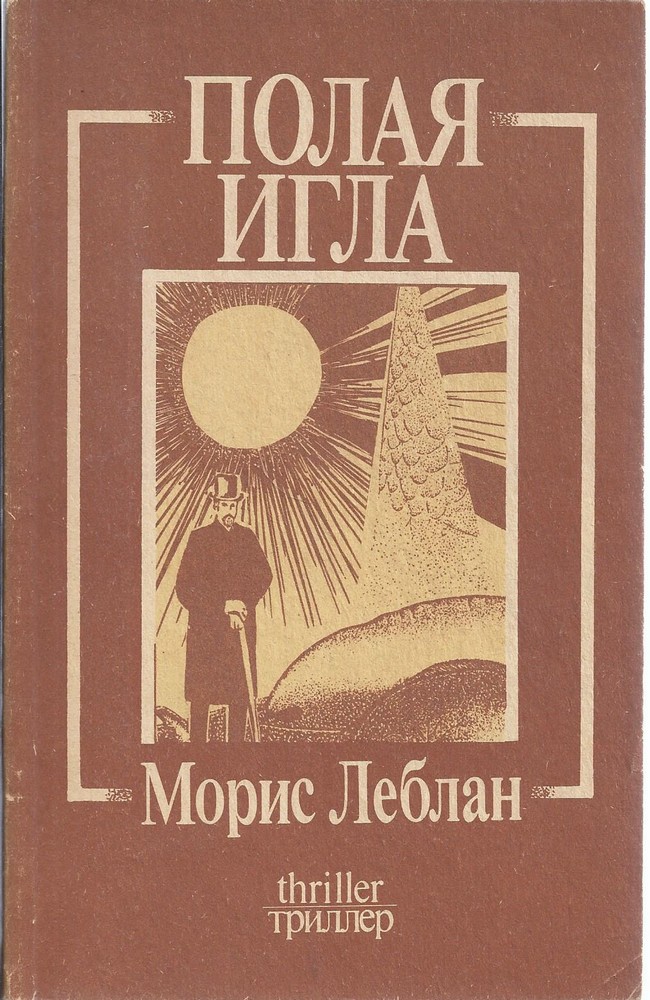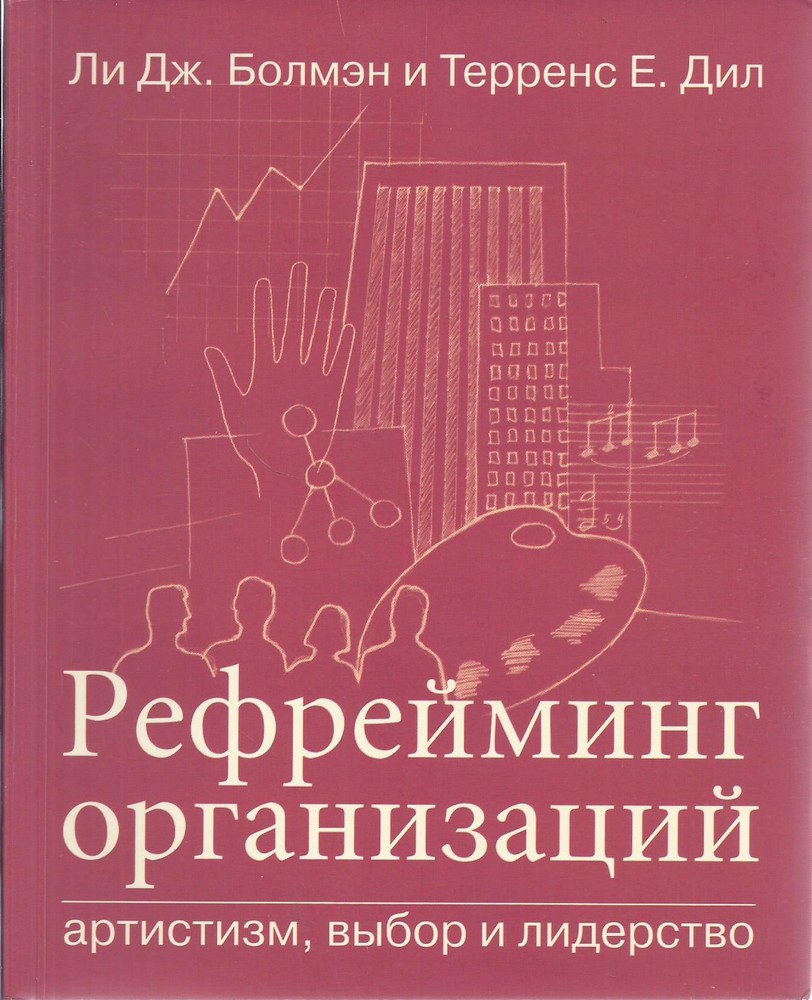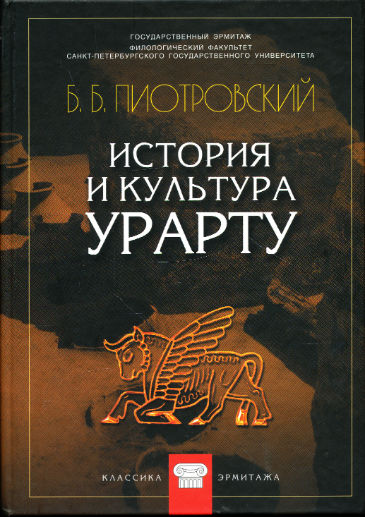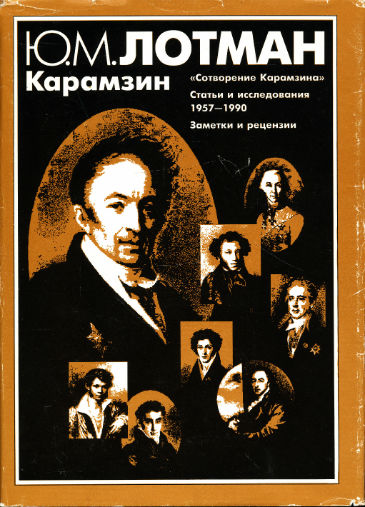Published in 1936, Absalom, Absalom! is considered by many to be William Faulkner’s masterpiece. Although the novel’s complex and fragmented structure poses considerable difficulty to readers, the book’s literary merits place it squarely in the ranks of America’s finest novels. The story concerns Thomas Sutpen, a poor man who finds wealth and then marries into a respectable family. His ambition and extreme need for control bring about his ruin and the ruin of his family. Sutpen’s story is told by several narrators, allowing the reader to observe variations in the saga as it is recounted by different speakers. This unusual technique spotlights one of the novel’s central questions: To what extent can people know the truth about the past?
Absalom, Absalom! details the rise and fall of Thomas Sutpen, a white man born into poverty in western Virginia who moves to Mississippi with the dual aims of gaining wealth and becoming a powerful family patriarch. The story is told entirely in flashbacks narrated mostly by Quentin Compson to his roommate at Harvard College, Shreve, who frequently contributes his own suggestions and surmises. The narration of Rosa Coldfield, and Quentin’s father and grandfather, are also included and re-interpreted by Shreve and Quentin, with the total events of the story unfolding in nonchronological order and often with differing details. This results in a peeling-back-the-onion revelation of the true story of the Sutpens. Rosa initially narrates the story, with long digressions and a biased memory, to Quentin Compson, whose grandfather was a friend of Sutpen’s. Quentin’s father then fills in some of the details to Quentin. Finally, Quentin relates the story to his roommate Shreve, and in each retelling, the reader receives more details as the parties flesh out the story by adding layers. The final effect leaves the reader more certain about the attitudes and biases of the characters than about the facts of Sutpen’s story.






















Ülevaated
Pole ühtegi ülevaadet.